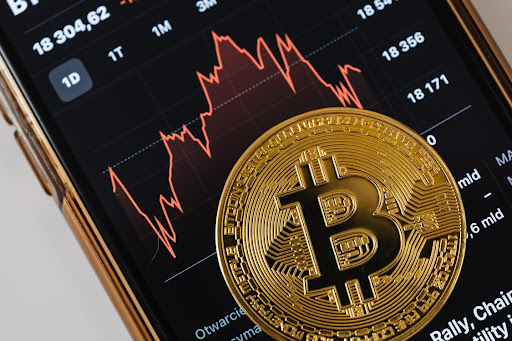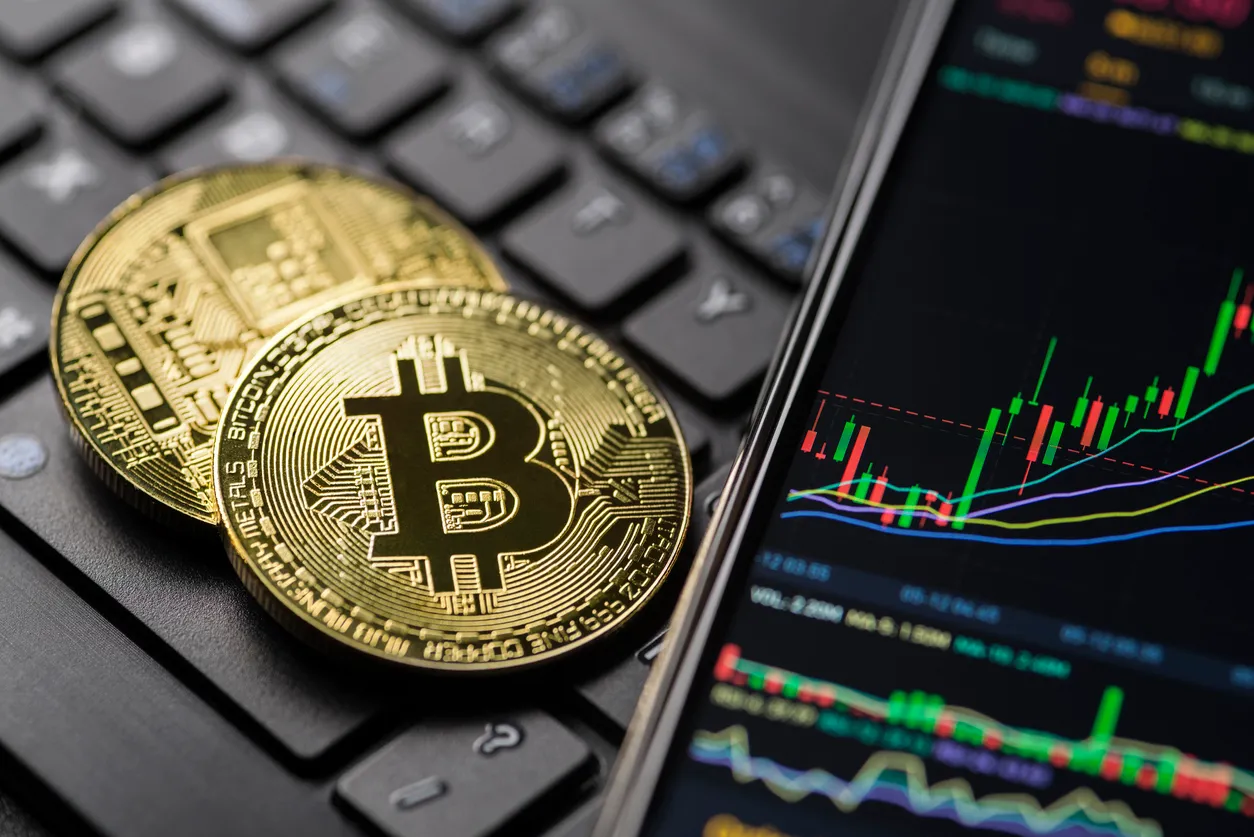
What Makes Crypto Go Up and Down?
- June 30, 2022
- 0
Two words that describe the current crypto market condition best are 1) volatility and 2) uncertainty. Until this day, we’ve seen cryptocurrencies dropping by 30% (some even more) in value in a single day! So, you might ask “what makes crypto go up and down”. The short answer is – market drivers (regulations, manipulations, etc). Down below, we’ll be discussing these in detail so you can decide yourself whether you’re up for a bumpy ride.
Factors that Make Crypto Go Up and Down
- The principle of supply and demand
The supply/demand ratio strongly affects the price of any cryptocurrency. This basic economic concept is totally applicable to digital assets since the price of a token goes up as soon as the demand for it overpasses its supply and vice versa. The lower the supply of the token, the higher the demand, and the higher its price as well.
Note that the Bitcoin price when it started was 0, then it moved up bit by bit, which was a result of increased demand for the token.
How often does Bitcoin price change, you’ll ask. As a matter of fact, quite often. Its value can go up and down by 10% within just a couple of hours. However, the value of not only Bitcoin but other cryptocurrencies as well can go down by 80-90% during bear markets. Bull and bear markets are market cycles and it’s good to know how long is a market cycle in crypto so you don’t panic over serious dips but keep your cool and wait for the market to go back up.
- Public interest
Cryptocurrency is surging or skyrocketing depending on how investors feel about it and how they perceive it. This is tightly related to the above-mentioned law of supply and demand. The higher the confidence in cryptos, the higher the interest in them, and the higher the price.
On the other hand, we’ve witnessed numerous attempts of weakening or strengthening the interest in crypto. This is called market manipulation and it creates an atmosphere of chaos and uncertainty (when prices are going down) or FOMO (especially by using social media like Twitter), which results in big spikes in volume and price increases. That’s why potential or new investors should use different resources when judging the market and learn how to recognize the most common price manipulation tactics.
- Regulation
The lack of regulation largely contributes to creating and nourishing this atmosphere of uncertainty when it comes to cryptocurrencies. Restricting or prohibiting crypto mining or trading makes the prices go down. Favorable news such as promoting the use and adoption of cryptocurrencies worldwide results in a price increase.
- Utilities
The development of new blockchain technologies also determines whether crypto will go up. Software updates or even software update announcements can create a bullish sentiment about a certain token and make its price blast off. For instance, when the SegWit protocol was activated, the price of Bitcoin jumped by 13% in just one day.
- Mining costs
Mining is the process of producing new crypto tokens. Since more people got interested in mining, the entire process became more complex, time-consuming, and costlier. The mining cost dictates the price of the token – the higher the mining cost, the higher the price of the token. Needless to say, if mining costs exceed the price of the token that is being mined, miners won’t be mining, which will make the price of the token flop.
- Listings on exchanges
The most popular cryptocurrencies such as Bitcoin, Ethereum, Solana, and Cardano to name a few are listed on most exchanges. Tokens that are not being listed on, let’s say, Binance, Coinbase, and Kraken are instantly less attractive for investors. Sure thing, you can spread your portfolio across multiple exchanges, however, doing so can boost the cost of investing since fees are involved.
So, if you are wondering why a certain cryptocurrency is surging, it could be that it got delisted from a popular exchange. Vice versa, tokens that are getting listed on mainstream exchanges gain popularity, which increases demand, and, ultimately, their price.
- Transaction speed
Crypto enthusiasts are hungry for innovation and speed. That’s why platforms that boast faster transaction speeds are gaining momentum (here, you can learn more about what is the quickest cryptocurrency to transfer). That’s also the reason why the price of Litecoin, Avalanche, and Polygon rose significantly in the past few months.
- Global conditions
Global economic events can also be the reason why crypto is going up or down. If potential investors are losing trust in their government-backed currencies due to money printing, they’ll be more likely to invest in digital assets. If they start losing faith in the global economy as well, we’ll be seeing a significant inflow of funds into the crypto market, which will increase the demand for certain tokens and thus, their price.
- Competition
New crypto projects are launched daily. Although it’d be absurd for all emerging cryptocurrencies to be successful, some of them are built to offer alternatives to the already circulating cryptos and networks while others are built to offer solutions for certain limitations. Newly-created networks then start competing with the existing ones. If the latter don’t provide as much value to users as the new ones, the price of their tokens will certainly start tumbling down.
Summary
Now that we elaborated on what makes crypto go up and down, you probably understand why price swings are totally okay and nothing to be afraid of. Just make sure not to rush with making buying or selling decisions, learn how to handle FOMO, and invest in cryptocurrencies you believe will stay around for the next couple of years at least.
Christopher Burton. Serial blogger for many different sites. I write about marketing, technology, IT, food, and really everything that interests me. Blockchain and crypto are a new passion of mine, and this blog is all about getting started with this new world of digital assets.


